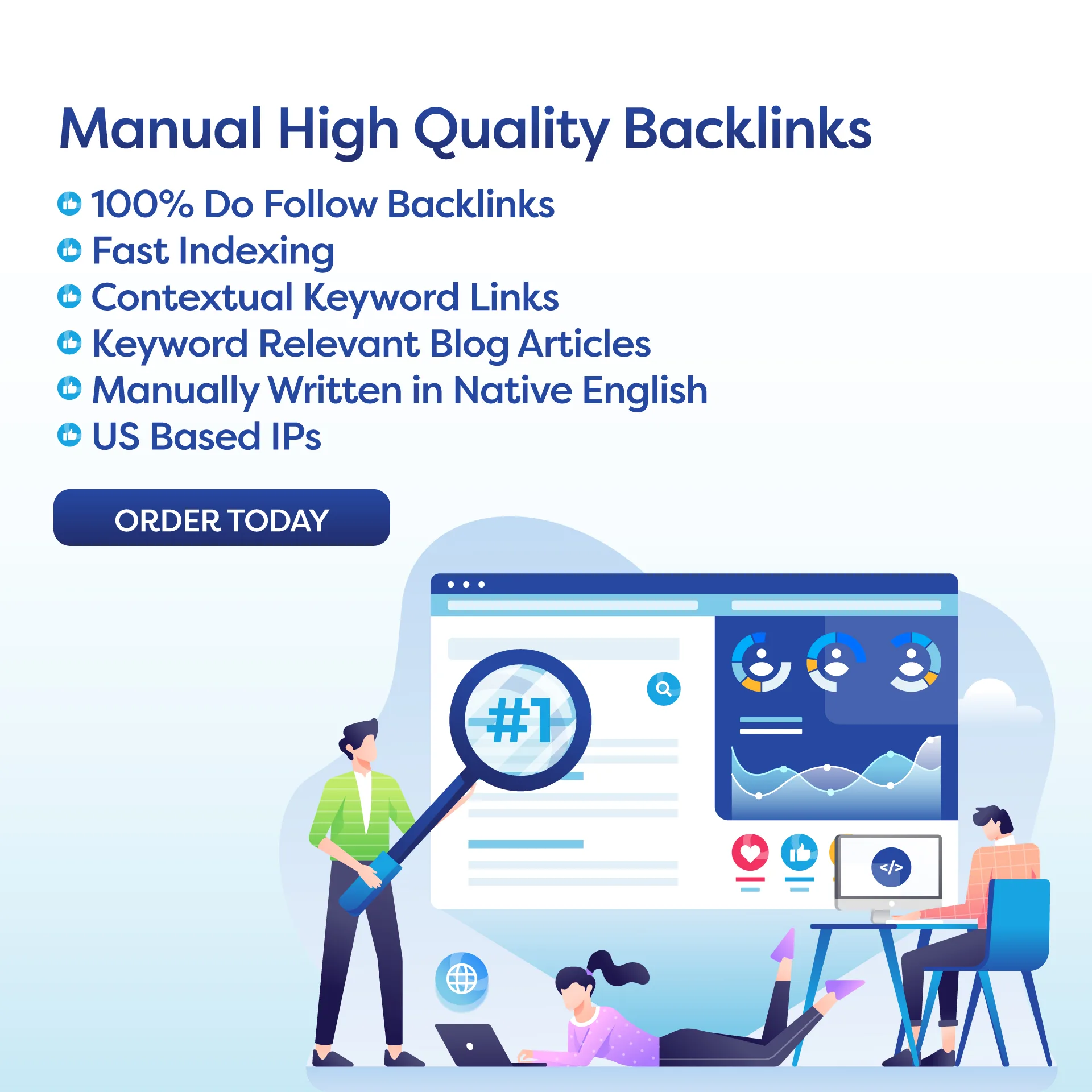Did you know that mobile friendliness is a significant ranking factor in search engine results? According to a report from Backlinko, having a mobile-friendly website is crucial for your online success. With the majority of internet users accessing websites through mobile devices, it’s essential to ensure that your site is optimized for a seamless mobile user experience.
In fact, Google has announced its shift to mobile-first indexing, meaning that the mobile version of your website is now the primary source of information for search engines. This emphasizes the need for mobile optimization to improve your website’s visibility and ranking. By implementing responsive design, optimizing site speed, and enhancing the mobile user experience, you can maximize the potential of your website and attract more users.
Why Mobile-First Design Is Essential
In today’s digital landscape, mobile-first design is no longer an option, but a necessity. With the widespread use of smartphones and mobile devices, it is crucial to tailor your website to cater to this growing user base. According to recent reports, mobile traffic now accounts for over 54% of all web traffic, surpassing desktop traffic. This shift in behavior highlights the need for businesses to prioritize mobile optimization and prioritize the mobile user experience.
In addition to the rise in mobile traffic, search engines like Google have also implemented mobile-first indexing. This means that the mobile version of your website is now considered the primary source of information for search engines. If your website is not optimized for mobile devices, it may not rank as well in search results, leading to reduced visibility and missed opportunities to attract potential customers.
By adopting a mobile-first design approach, you ensure that your website is responsive and user-friendly across all screen sizes and devices. This not only improves the overall user experience but also reduces bounce rates and increases the chances of conversions. A seamless mobile experience keeps users engaged, encourages them to explore your website further, and ultimately drives more traffic and conversions.
Remember, in a world where mobile is the dominant platform, ignoring mobile-first design can have significant consequences. So, invest in responsive design, optimize your website for mobile devices, and deliver a superior mobile user experience to stand out from the competition and capture the attention of your target audience.
Tips for Optimizing Your Website for Mobile Devices
To ensure that your website is fully optimized for mobile devices, there are several key strategies you should implement:
Responsive Web Design
Utilizing responsive web design is crucial for a mobile-friendly website. This approach ensures that your site adapts and scales appropriately to different screen sizes, providing a consistent and user-friendly experience across devices. By implementing responsive design, you can create a seamless browsing experience for your mobile users.
Optimize Mobile Site Speed
Mobile users expect fast-loading pages, and a slow website can lead to high bounce rates and loss of potential customers. According to a study by Think with Google, mobile users are 5 times more likely to leave a website if it takes longer than 3 seconds to load. To improve user engagement and reduce bounce rates, optimize your website’s speed for mobile devices.
Forms Optimization
Forms are an essential part of many websites, but they can be challenging to navigate on mobile devices. To enhance the mobile user experience, optimize your forms by simplifying their layout and reducing the number of required fields. Consider using dropdown menus or checkboxes instead of text input fields whenever possible. By making forms mobile-friendly, you can improve user satisfaction and increase conversions.
Image Optimization
Images play a crucial role in web design, but they can significantly impact the loading speed of your website on mobile devices. Optimize your images for mobile by compressing them without sacrificing quality and using the appropriate image formats. By reducing the file size of your images, you can improve loading times and overall site performance on mobile devices.
By implementing these mobile optimization strategies, including responsive web design, optimizing site speed, optimizing forms, and optimizing images, you can create a mobile-friendly website that maximizes user satisfaction and drives better results for your business.
Conclusion
Mobile optimization is an essential aspect of website design and development in today’s mobile-driven world. With the majority of internet users accessing websites through mobile devices, it is necessary to prioritize mobile-friendly design, responsiveness, and optimized user experience. By following the tips mentioned above and embracing a mobile-first mindset, you can ensure that your website maximizes its potential and effectively reaches and engages with your target audience on mobile devices.
Remember, mobile optimization is not a one-time task but an ongoing process that requires regular monitoring and updates to stay ahead of changing user expectations and advancements in technology. By continuously improving your website’s mobile optimization, you can stay competitive, attract more users, and drive better business outcomes.

